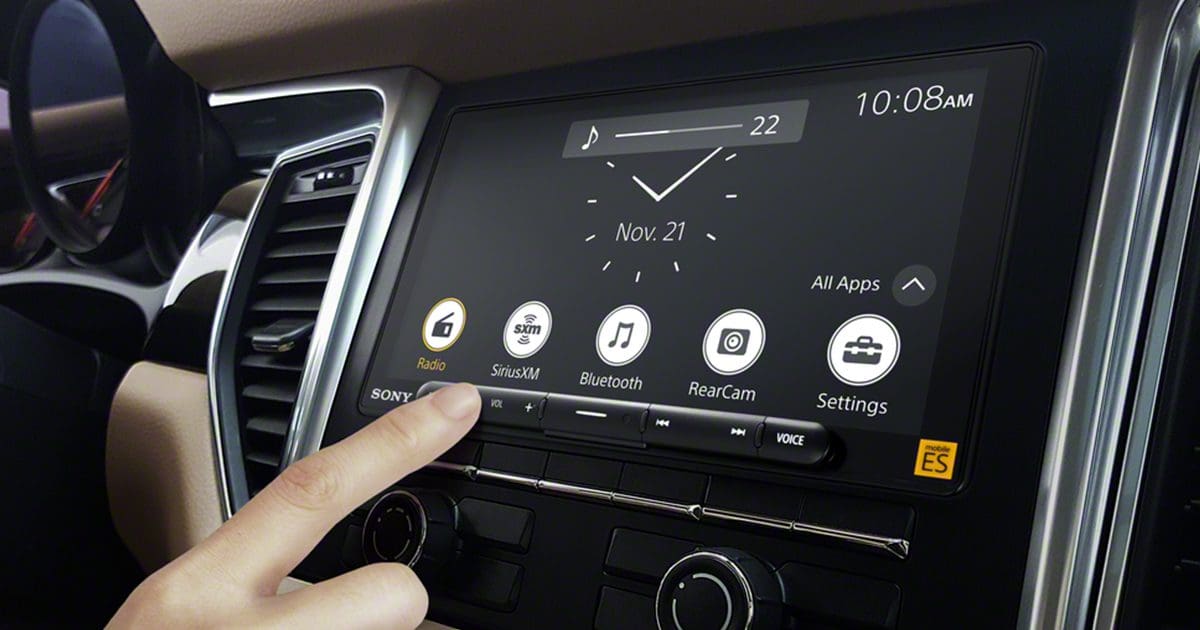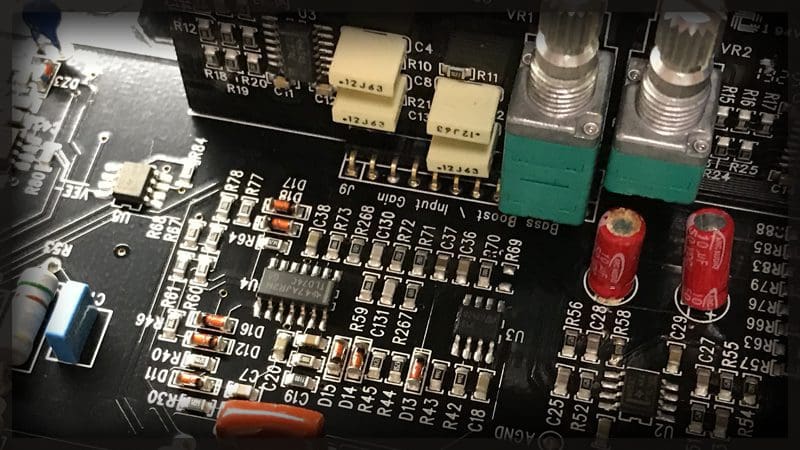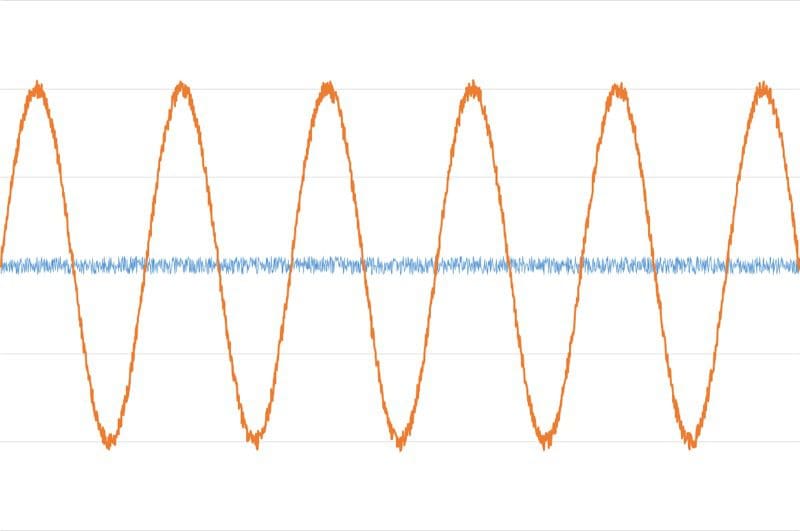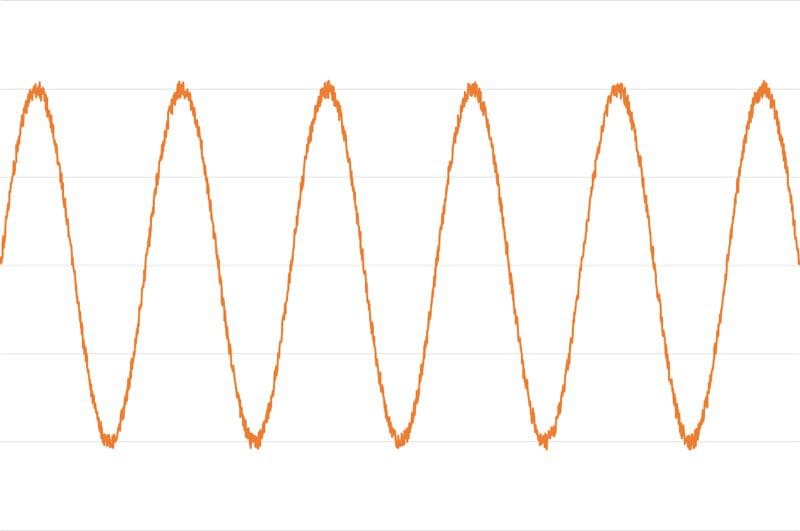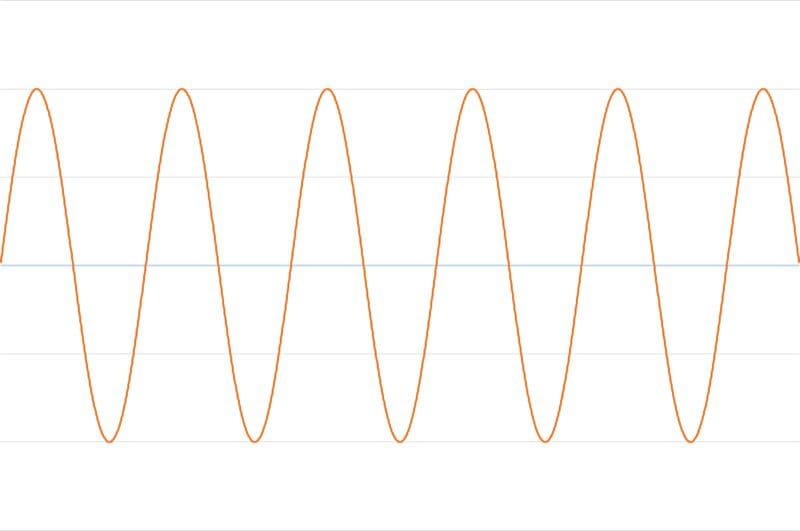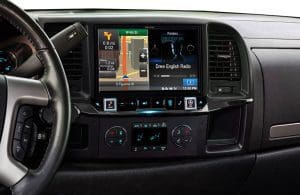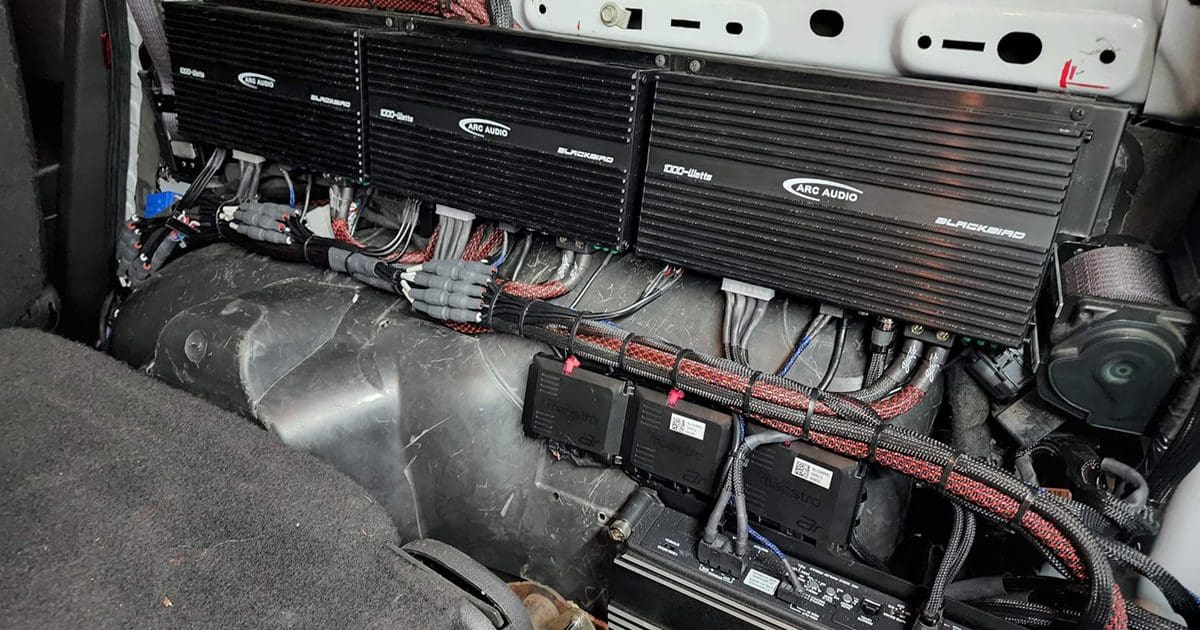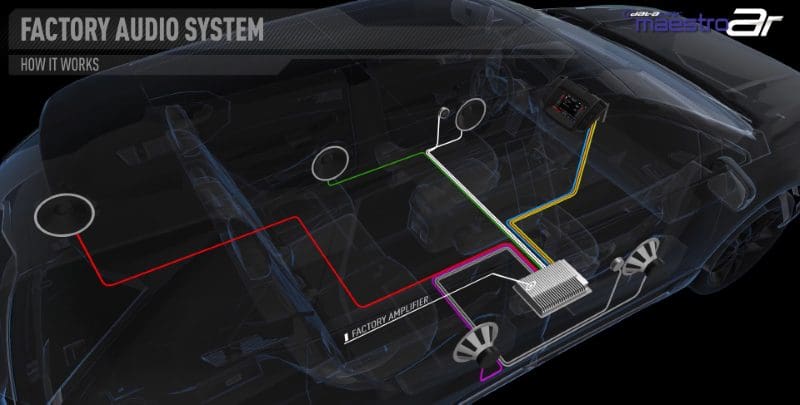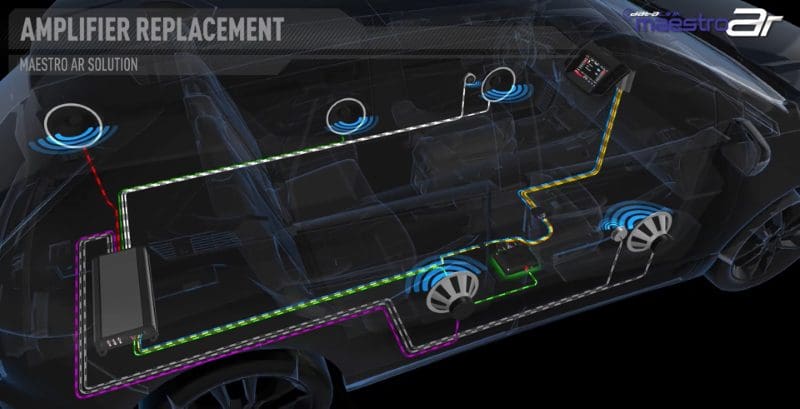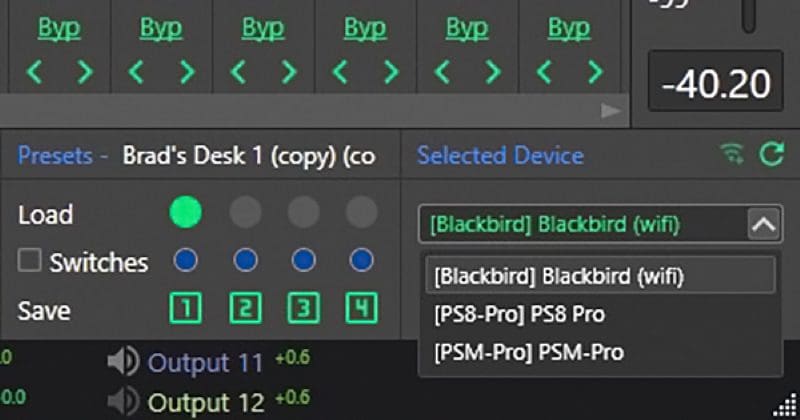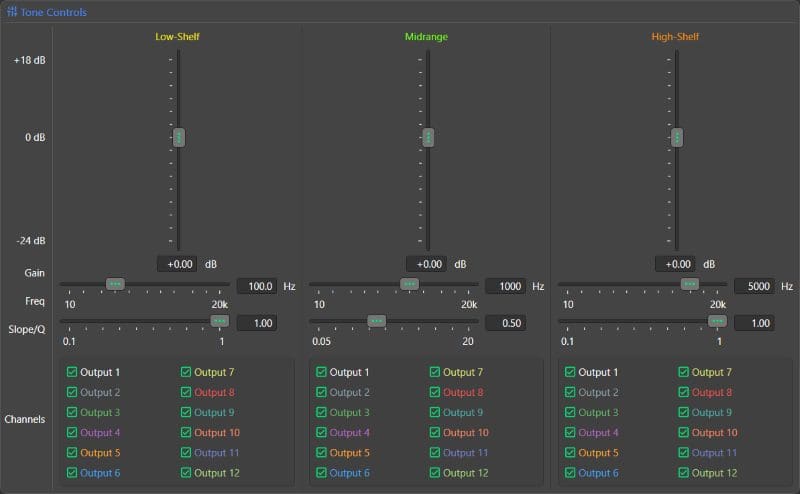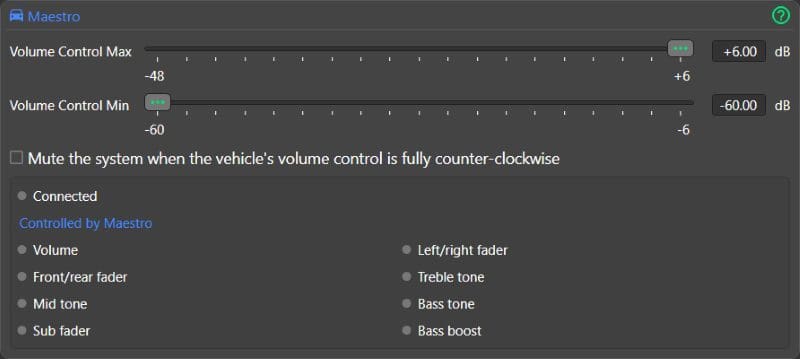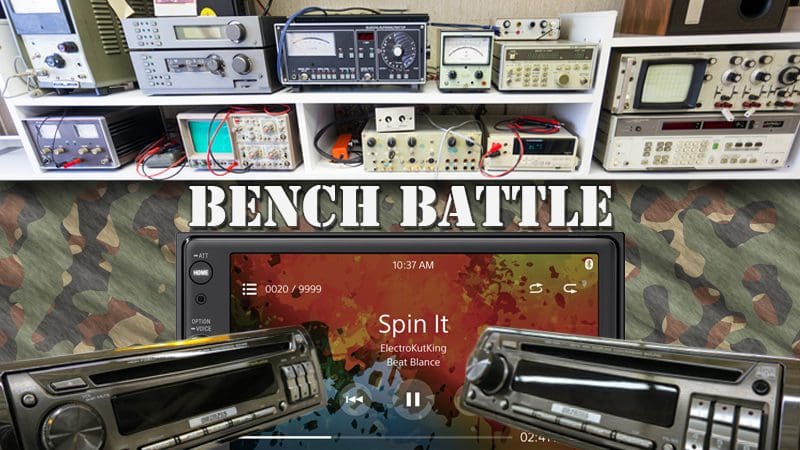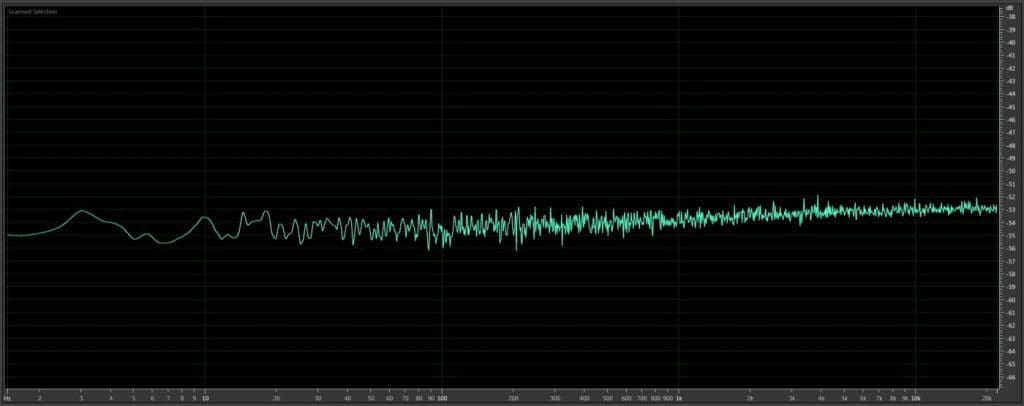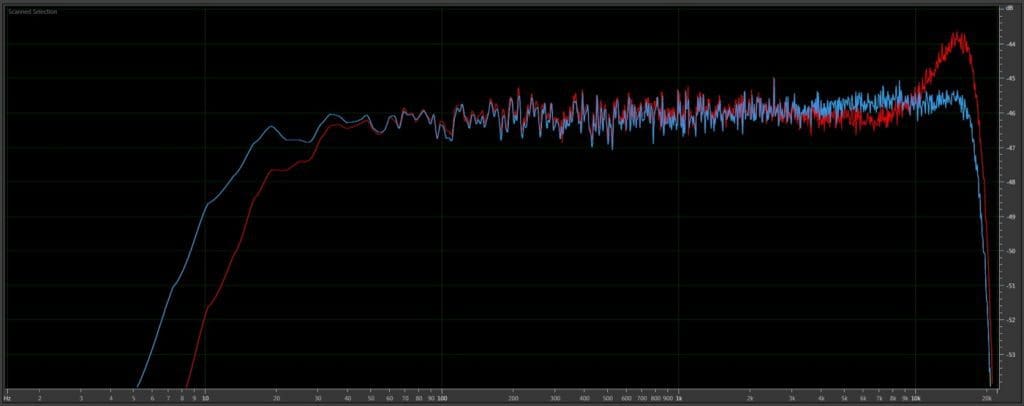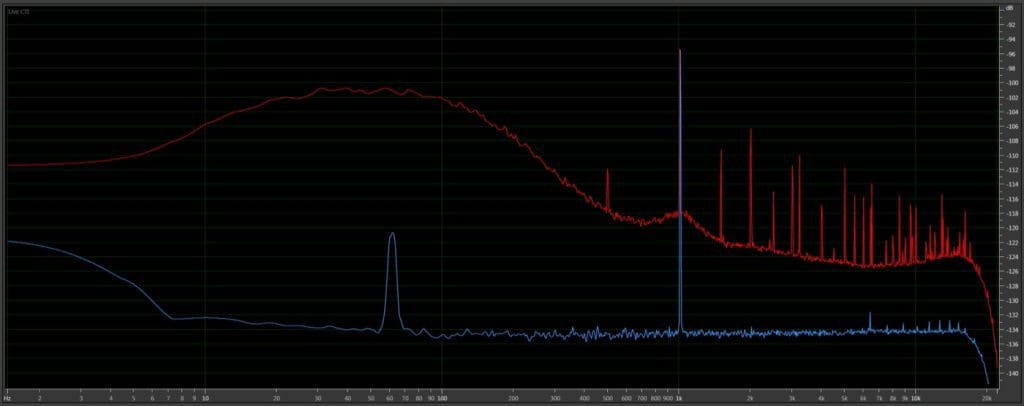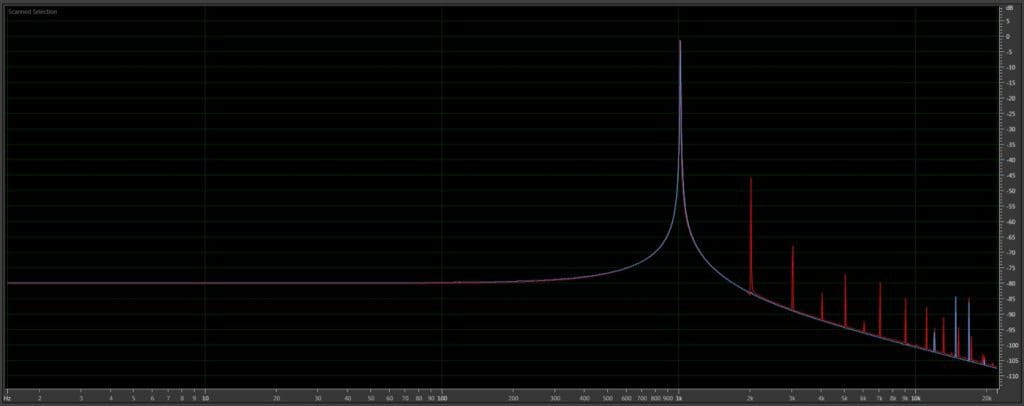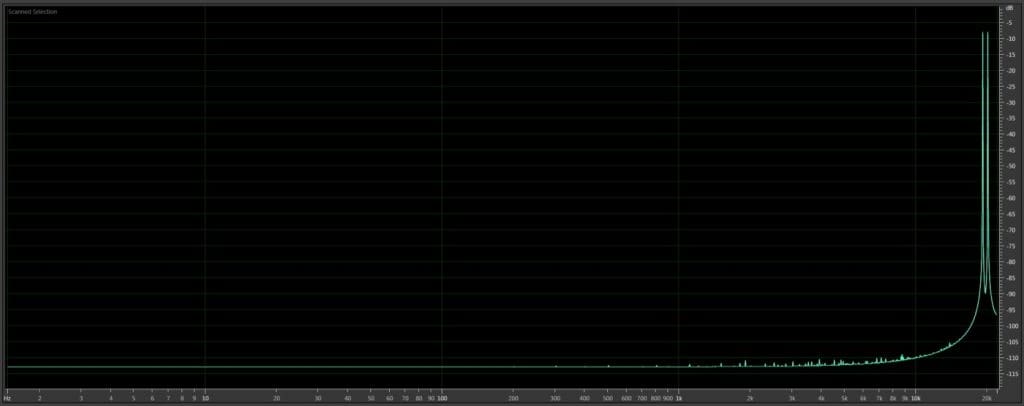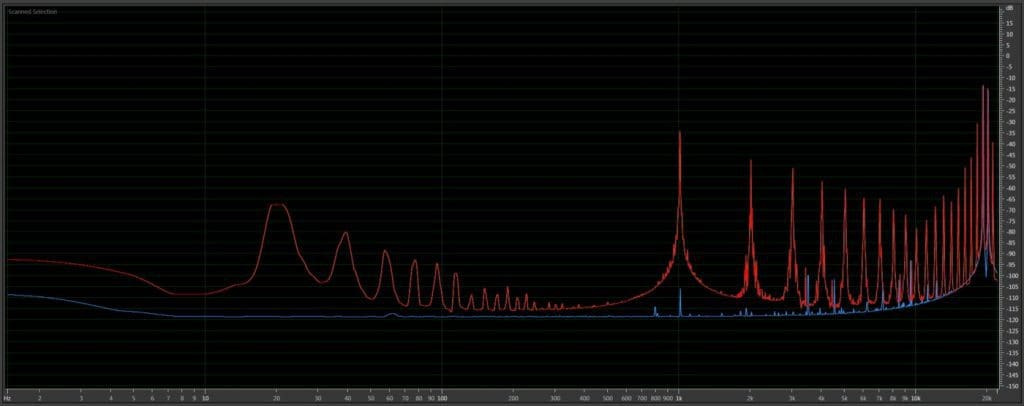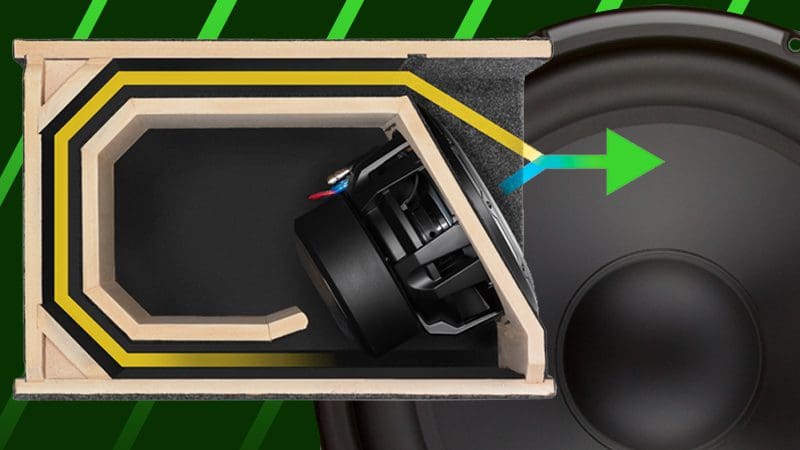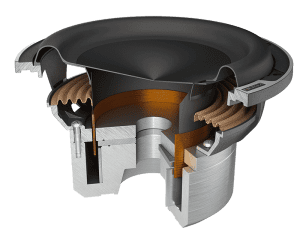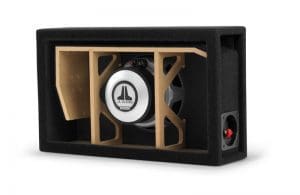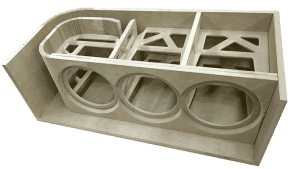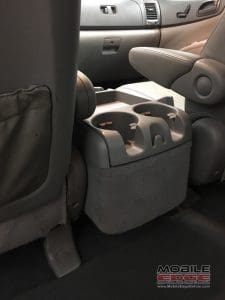If you’ve visited the BestCarAudio.com website, you’ll know we’re big fans of Sony’s Mobile ES product line. Not only have the products we’ve reviewed performed exceptionally well in the lab, but our team members who also work on the retail side of the mobile enhancement industry love their value and reliability. It’s been a few months since anything new has joined the line. In May 2023, Sony announced the release of a second flagship multimedia receiver called the XAV-9000ES. Let’s check it out!
What Is the Sony Mobile ES XAV-9000ES?
If you’ve read our Test Drive Review of the XAV-9500ES, you know it’s a single-DIN radio with a 10.1-inch floating-face display that mounts to the front of the chassis and hovers (securely) in front of your dash. When it comes to installation, that design opens up many options. That said, not everyone wants a large display or has a vehicle that can accommodate one. As such, Sony has created the XAV-9000ES as a double-DIN solution that’s modeled after radios like the XAV-AX4000 and XAV-AX6000. The radio continues to use the anti-resonant, dual-layer design single-DIN chassis but features a 6.75-inch capacitive touchscreen with a 1280-by-720-pixel ultra-bright display. In addition, the touchscreen includes a special anti-glare coating that cuts down on reflections that would otherwise make the radio challenging to see in bright sunlight. If you’re after a benchmark-quality radio that fits a conventional double-DIN opening, Sony says, “You’re welcome.”
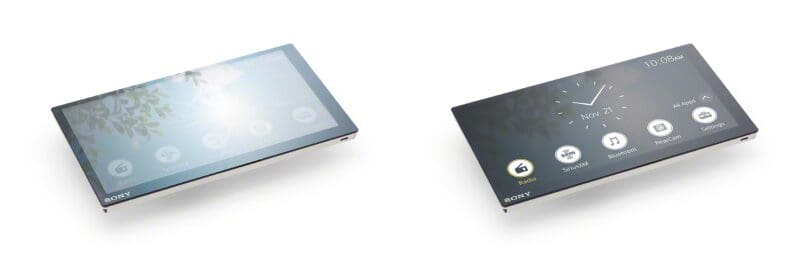
At the bottom of the radio display is a row of buttons, similar to what you’d find on the XAV-AX6000. These mechanical buttons make it easy and intuitive to adjust the volume, change tracks or stations or activate the voice recognition feature of Android Auto or Apple CarPlay without looking at the radio, and the center button is programmable to mute the sound or change sources. The onscreen menu system is similar to that of the XAV-9500ES, remaining intuitive and easy to use. The five source or function icons across the lower part of the screen can be easily modified to display the options you use most frequently, and the icons can be arranged in the All Apps drawer.
CarPlay and Android Auto operate wirelessly using integrated Wi-Fi, so your phone will automatically connect after you start the vehicle. The radio has a USB-C connector on the back to charge your smartphone. Alternatively, you can connect a USB memory stick to play audio or video files.
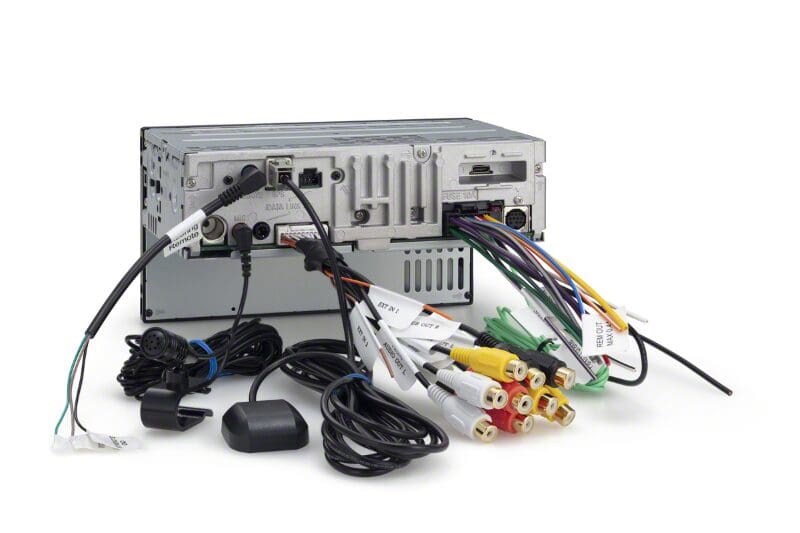
Audio Source Options
Aside from supporting all the popular digital media formats, the XAV-9000ES includes an AM/FM tuner with RDS support. You can pair a digital media player, laptop or desktop computer using Bluetooth to stream audio. The Sony radio supports the LDAC Bluetooth transmission protocol, so wireless audio from your compatible smartphone will sound the best it can. Finally, your installer can upgrade the radio with a SiriusXM SXV300 satellite radio tuner so that you can enjoy genre-specific programming almost anywhere in North America.
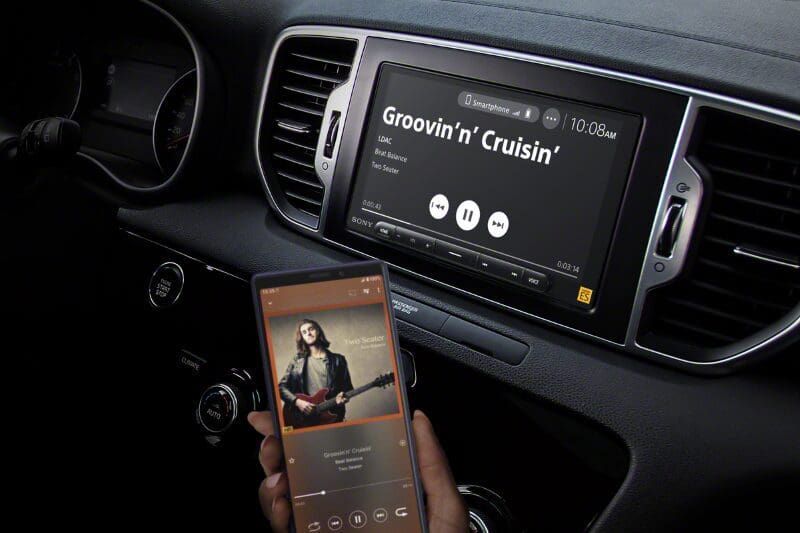
Radio Design and Audio Performance Features
Sony worked hard when creating the XAV-9500ES to come up with a solution that sounds amazing. If you look at how many auto sound competitors use that unit, you can appreciate that their efforts were worthwhile. We haven’t tested a better source unit in the lab, so that says a lot! The XAV-9000ES is no different in terms of its lofty goals. It uses an ESS ES9080Q digital-to-analog converter to output high-resolution WAV, FLAC, ALAC or DSD audio files with the smoothest sound and nearly imperceptible distortion.
At the heart of the XAV-9000ES is an Analog Devices 192-kHz, 24-bit digital signal processor. This potent processor gives your installer their choice of front, rear and subwoofer or three-way high, mid and low crossover configuration options. The radio has a 14-band global equalizer and eight bands of parametric equalization on each of the six output channels. There’s also a menu to set signal delays to each of the six 5.0-volt preamp outputs and the four channels fed by the built-in 20-watt-per-channel Class A/B amplifier to optimize the soundstage.
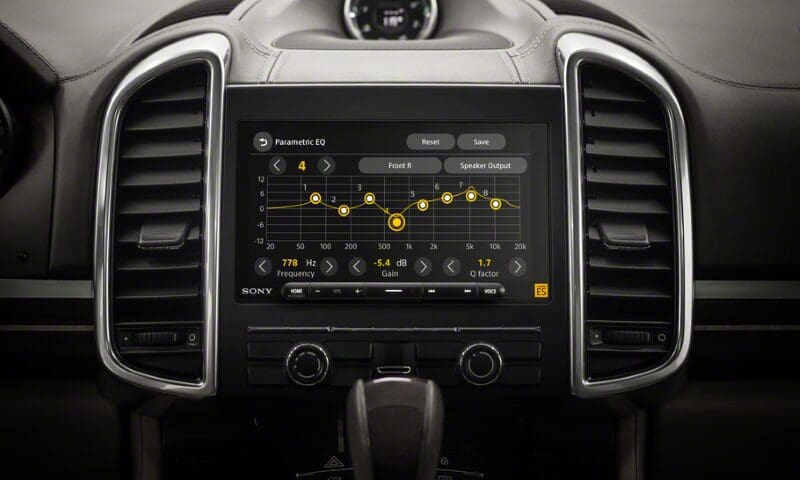
The radio is compatible with the iDatalink Maestro RR and RR2 modules to communicate with your vehicle’s computers. Depending on your vehicle, the RR or RR2 will provide access to climate control settings, parking sensors, tire pressure and door status information. The RR and RR2 also include steering wheel radio button control connectivity to make using the radio easier. If the RR or RR2 doesn’t support your vehicle, the Maestro SW will provide steering wheel control connectivity. Your local authorized Sony Mobile ES dealer can explain all the features supported by the Maestro interface for your vehicle.
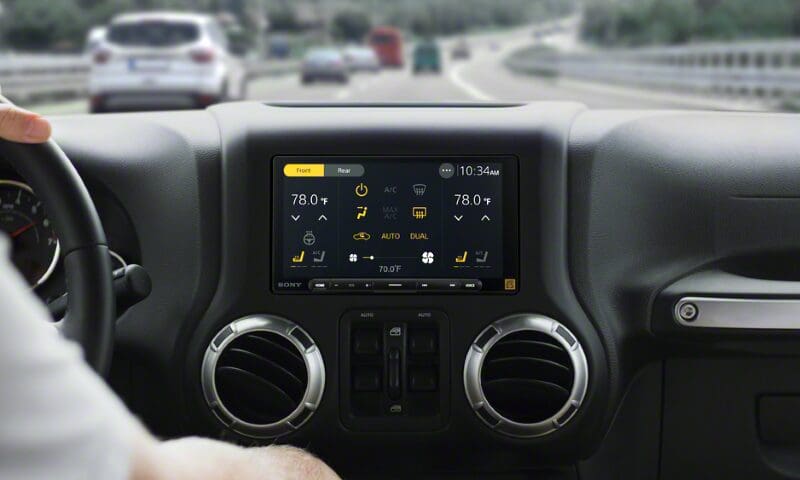
The XAV-9000ES retains the triple camera inputs with dedicated triggers included with the XAV-9500ES. You can use these additional camera inputs for blind spot monitoring cameras or a forward-facing parking camera, and they can be independently triggered for custom control integration.

Experience the XAV-9000ES at an Authorized Sony Mobile ES Retailer Today!
If you’re shopping for a truly high-end multimedia receiver for your car, truck or SUV, drop by a local authorized Sony Mobile ES retailer and check out the XAV-9000ES. Be sure to bring along your phone to hear just how great the radio sounds and experience the lightning-fast and intuitive interface. For more information on this radio or any Mobile ES products, visit the Sony Mobile ES website.
This article is written and produced by the team at www.BestCarAudio.com. Reproduction or use of any kind is prohibited without the express written permission of 1sixty8 media.
